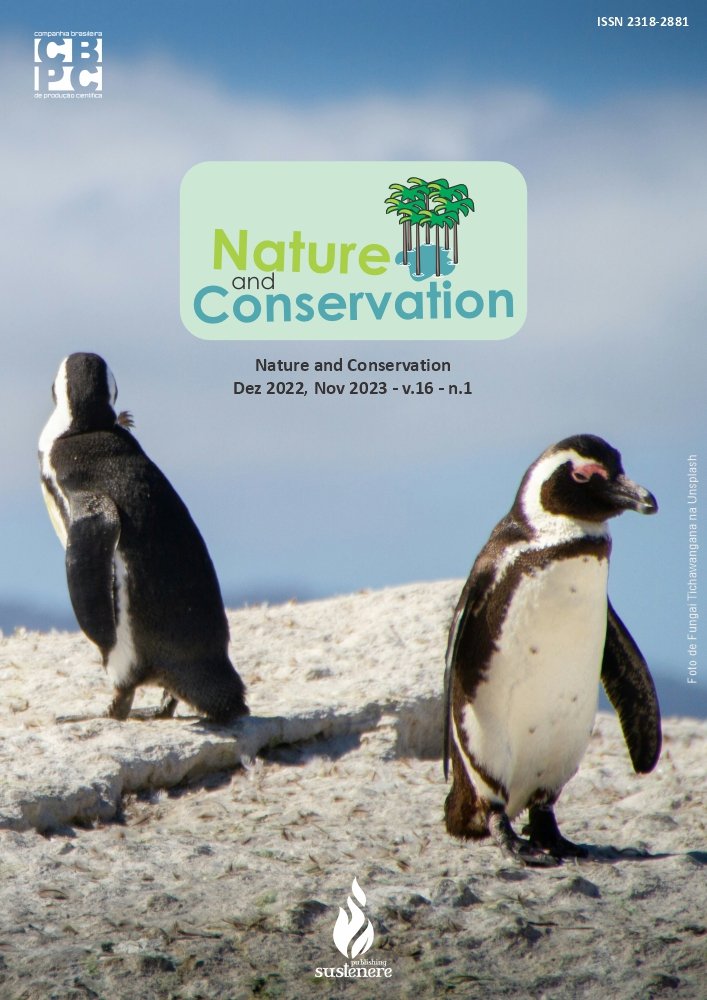Areas susceptible to defaunation? an assessment based in the illegitimate use of Brazilian wildlife
DOI:
https://doi.org/10.6008/CBPC2179-6858.2021.006.0048Keywords:
Fauna, Inspection, Wild animalsAbstract
This study sought to identify potential areas susceptible to defaunation, in the different biomes and regions of Brazil. Therefore, we assessed records of 13,573 AIA (Environmental Violation Reports) tilled by Ibama from 2012 to 2016. The results showed that 194,335 wild animals were seized, generating US$ 57,140,139.13in administrative fines. The captures occurred in 1,255 Brazilian municipalities, especially Caicó (RN), Recife (PE) and Cáceres (MT), with 27,677, 17,347 and 11,751 animals, respectively. The Northeast region had the highest amount in fines (US$ 28.9 million) and an annual average of 28,753 specimen apprehended, with a record above 100%, when compared to the annual average from 1992 to 2000, in a past study. The states of Minas Gerais, Rio Grande do Norte and Pernambuco had the highest absolute numbers. In the distribution by Class, birds, mammals and reptiles ranked 90.21%, 1.16% and 8.63% of the captures, respectively. As to the threatened species, there were 2,257 specimens, of which 70.05% were birds, most in the 'Vulnerable' threat ranking. We have concluded that the large illegal use of wild animals may lead to defaunation in some areas of Brazil, especially in the northeast region.
Downloads
Downloads
Published
Issue
Section
License
Copyright (c) 2021 Ibero-American Journal of Environmental Sciences

This work is licensed under a Creative Commons Attribution-NonCommercial-NoDerivatives 4.0 International License.
The CBPC - Companhia Brasileira de Produção Científica (Brazil CNPJ: 11.221.422/0001-03) the material rights of the published works. The rights relate to the publication of the work anywhere in the world, including rights to renewals, expansions and dissemination of the contribution, as well as other subsidiary rights. All electronically published works may subsequently be published in printed collections under the coordination of this company and / or its partners. The authors preserve the copyright, but are not allowed to publish the contribution in another medium, printed or digital, in Portuguese or in translation.









